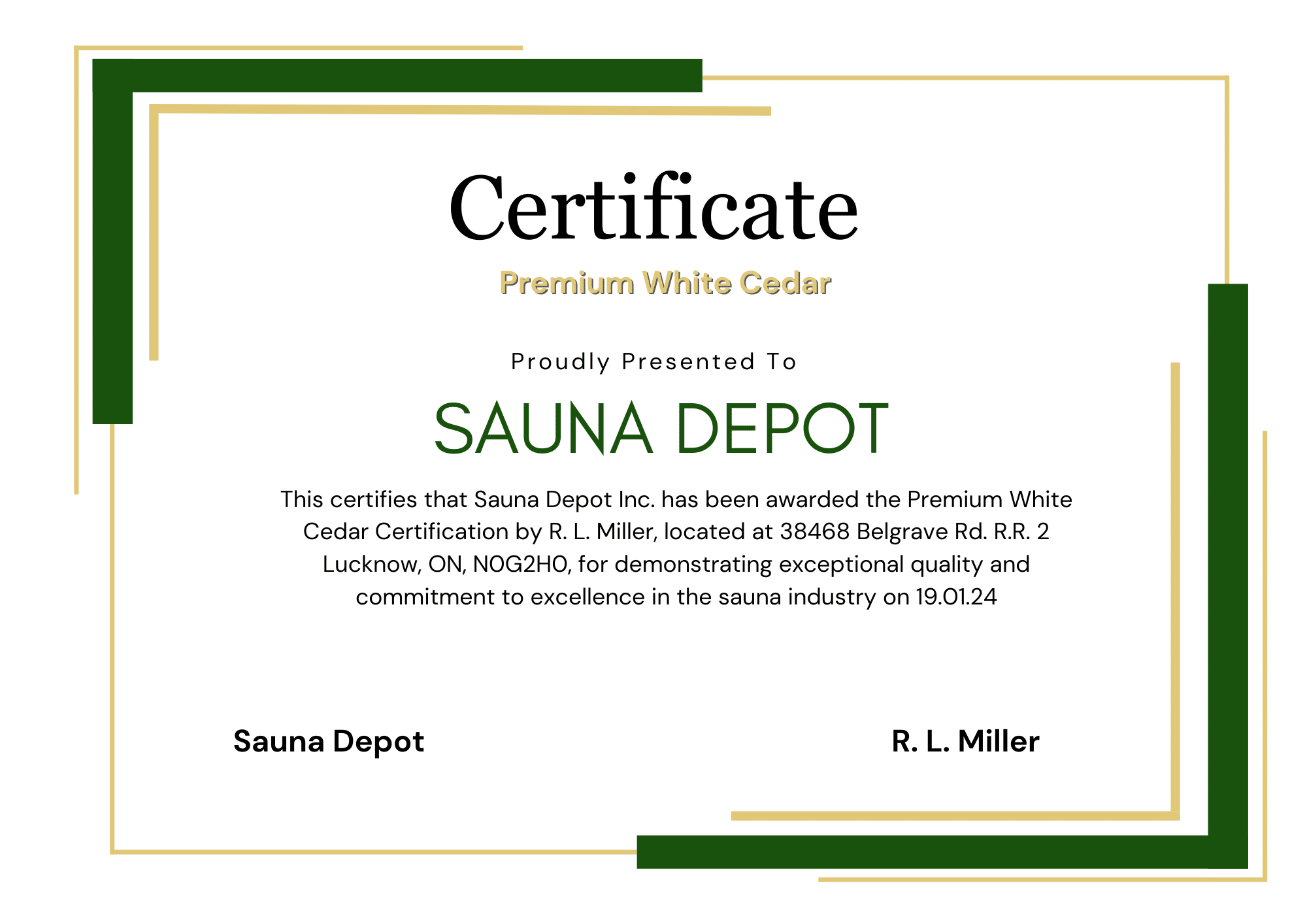How to Maintain 100% Wooden Outdoor Hot Tubs
How to Maintain 100% Wooden Outdoor Hot Tubs
100% wooden outdoor hot tubs are the top-notch creatures, royals, in the sauna world, as sophisticated as sparkling champagne. But like everything on earth they have their pros and cons.
Pros of 100% Wooden Outdoor Hot Tubs
Wooden hot tubs have a beautiful, rustic appearance that blends seamlessly with outdoor environments. They can enhance the natural feel of a backyard or garden. Wood naturally provides good insulation, helping to maintain water temperature for a longer period. This can lead to energy savings as less heating is required. The natural texture of wood can be more comfortable to sit on compared to synthetic materials, especially in cold weather.
Wood fired hot tubs are very energy efficient since they use natural fuel. They do not require electricity or gas to heat up, which can help save money on energy bills. Generally, wood fire hot tubs are cheaper than electric hot tubs.
High-quality woods such as cedar, redwood, or teak are resistant to decay, moisture, and insects, that makes them durable choices for outdoor use. Some woods, like spruce or cedar, naturally emit pleasant scents, which can enhance the overall relaxation experience. Hot tubs made from spruce last for 10 years; made from larch have average life of 20+ years.
Wooden hot tubs are often seen as a more environmentally friendly option, especially when sustainably sourced wood is used. They can also be heated using wood-burning stoves, which can be a greener heating option.
Cons of 100% Wooden Outdoor Hot Tubs
- Maintenance: Wooden hot tubs require regular maintenance, such as cleaning, sealing, and treating the wood to prevent rot and decay. They may also need to be refilled with water if they dry out, as wood can shrink and cause leaks.
- Initial Cost: High-quality wooden hot tubs can be expensive to purchase and install, especially if they include wood-burning heating systems.
- Weight and Installation: Wooden hot tubs can be heavy and may require a strong, stable foundation. Installation can be more complex and costly compared to other materials.
- Temperature Control: Wood-burning hot tubs can be more challenging to control in terms of temperature compared to electric or gas heaters. Achieving and maintaining the desired water temperature may require more effort and attention.
- Lifespan: While wooden hot tubs can be durable, they typically have a shorter lifespan than those made from synthetic materials, especially if not properly maintained.
- Limited Features: Unlike modern synthetic hot tubs, wooden hot tubs may lack advanced features like jets, digital controls, and integrated lighting.
Overall, 100% wooden outdoor hot tubs offer a unique and natural experience but require a bit more care and attention compared to other types.
How to Maintain 100% Wooden Outdoor Hot Tubs
Maintaining a 100% wooden outdoor hot tub requires a combination of regular care and attention to detail. Here are some of the best tips to keep your hot tub in optimal condition:
Use Appropriate Sanitizers
Use appropriate sanitizers like bromine or mineral-based systems, which are gentler on wood compared to chlorine. These sanitizers help kill bacteria and other microorganisms. Which chemical to use – bromine or chlorine? The debate is ongoing, however on a wooden hot tub the choice is one sided. Bromine is the sanitizer of choice simply because chlorine under specific circumstances can break down the wood fiber causing irreversible damage to the tub.
Monitor pH
Maintain proper pH levels (7.2-7.8) and alkalinity to ensure water balance. Having ideal “pH Neutral” water is very important as it affects how the water reacts with your skin, the wood, and how effective the sanitizers are.
Drain and Refill
Drain and refill the hot tub every three to four months. This helps remove accumulated contaminants and refreshes the water. In domestic situations, if you prefer all-natural soak then you have to refill your tub with fresh water every 3-4 days or every 2-3 uses. If you want to leave the water in for longer time then you have to use sanitizers. Test the water quality with a test kit to be sure to change the water when the time is right.
Filter Care
Regularly clean or replace filters to ensure efficient water circulation and filtration. Dirty filters can harbour bacteria and reduce water quality.
Wood Treatment
- Oil or Sealant: Treat the exterior wood with a quality oil or sealant every six months to a year. This protects against UV rays, moisture, and temperature fluctuations, preserving the wood’s appearance and durability.
- Inspect for Damage: Regularly inspect the wood for cracks, leaks, or signs of rot. Early detection and repair can prevent further damage.
Temperature Control
- Manage Heat Levels: Keep the water temperature within the recommended range (100-104°F). Excessive heat can accelerate wood degradation and increase energy consumption.
- Cover Up: Use a well-fitted cover to retain heat, keep debris out, and prevent water evaporation. This also reduces chemical consumption and maintenance effort.
Seasonal Considerations
- Winter Care: In colder climates, consider winterizing your hot tub if not in use. Drain the water, clean the tub, and cover it securely. Alternatively, keep the water circulating to prevent freezing.
- Summer Care: In hotter weather, be mindful of overheating. Leave the cover slightly open when not in use to allow for ventilation and prevent excessive water temperatures.
Cleaning Routine
- Surface Cleaning: Clean the interior surfaces regularly with a mild, non-abrasive cleaner to prevent the buildup of biofilm and grime. Avoid harsh chemicals that can damage the wood.
- Scrub and Rinse: Scrub the wooden surfaces gently and rinse thoroughly to avoid leaving any residue that could affect water chemistry.
Natural and Chemical Balance
- Natural Alternatives: Consider using essential oils with antibacterial properties, like tea tree oil, in moderation. However, ensure these do not interfere with the sanitation system.
- Monitor Chemical Levels: Regularly check and adjust chemical levels, ensuring they remain within safe and effective ranges.
By following these tips, you can enjoy your wooden outdoor hot tub for years to come, ensuring it remains a relaxing and beautiful feature of your home. Regular maintenance not only prolongs the life of the tub but also enhances the overall experience, making each soak as enjoyable as the first.



